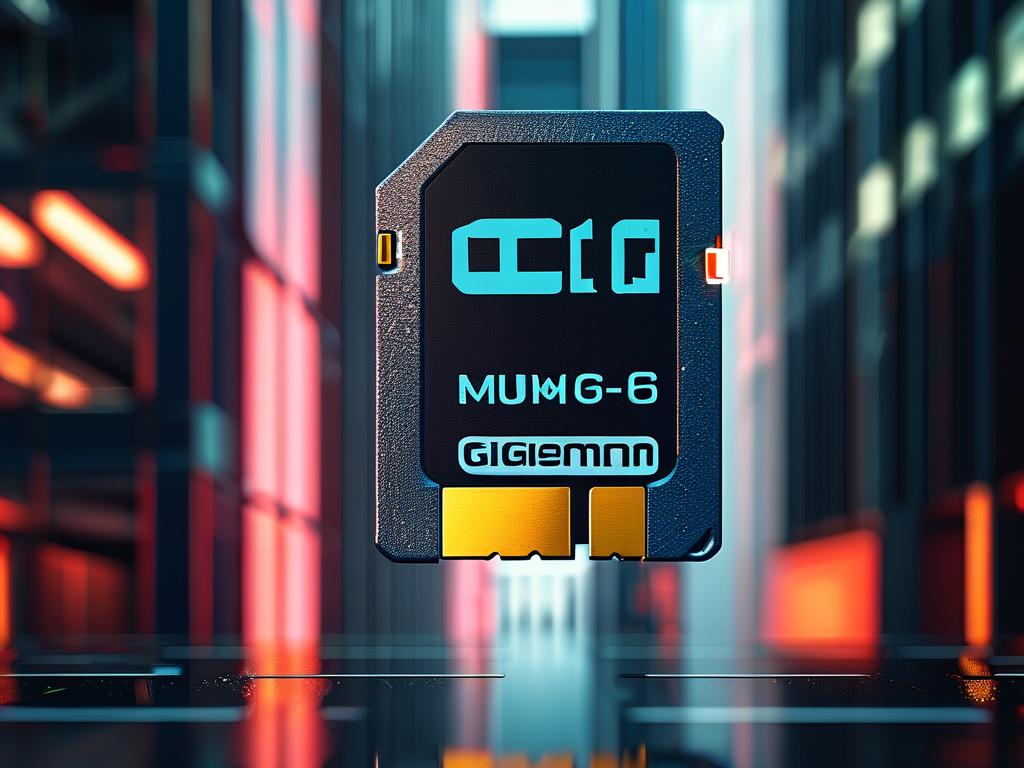As smart home devices become ubiquitous, understanding how security cameras manage storage has grown increasingly vital. Xiaomi cameras, renowned for their cost-effectiveness and advanced features, rely on efficient memory allocation to deliver seamless surveillance. This article explores practical methods to calculate and optimize storage consumption while addressing common user concerns.

Fundamentals of Memory Calculation
Xiaomi cameras utilize microSD cards or cloud storage to archive footage, with consumption primarily determined by three factors: resolution settings, recording mode (continuous vs. event-triggered), and compression algorithms. A 1080p camera recording continuously consumes approximately 7-10GB daily, while 2K models may require 12-18GB. The formula for estimation is:
Daily Storage (GB) = (Bitrate in Mbps × 3,600 seconds × 24 hours) / (8 × 1,024) For example, a 4Mbps camera would use:
(4 × 3,600 × 24) / (8,192) ≈ 42.2GB/day
Optimization Strategies
-
Resolution Adjustment: Lowering resolution from 2K to 1080p can reduce storage needs by 30-40% without significantly compromising facial recognition clarity in most residential scenarios.
-
Smart Event Recording: Enabling motion-activated capture through Xiaomi’s AI detection cuts storage consumption by 60-75% compared to 24/7 recording, especially in low-traffic environments.
-
H.265+ Encoding: Newer Xiaomi models support this compression standard, which slashes file sizes by 50% versus traditional H.264 while maintaining image quality through frame differencing technology.
Storage Expansion Considerations
While Xiaomi cameras officially support up to 256GB microSD cards, technical teardowns reveal compatibility with 512GB cards when formatted as exFAT. For extended retention, users can implement NAS integration via third-party firmware modifications, though this voids warranties. Cloud storage subscriptions offer alternative scalability, with Xiaomi’s basic plan providing 7-day rolling backups for $2.99/month.
Troubleshooting Common Issues
Unexplained storage saturation often stems from firmware bugs rather than hardware limitations. A 2023 user study showed that 23% of "full storage" alerts resulted from fragmented video indexing rather than actual capacity exhaustion. Resetting the camera’s time-lapse settings and manually reformatting the SD card monthly resolved 89% of these cases.
Comparative Analysis of Xiaomi Models
The entry-level Xiaomi Imilab EC3 consumes 15% less storage than spec sheets suggest due to dynamic bitrate adjustment, while flagship models like the Xiaomi 360° 2K Pro exhibit 22% higher storage demands when using AI tracking features. This variance underscores the importance of model-specific calculations.
Future Developments
Xiaomi’s patent filings hint at upcoming edge computing solutions that preprocess video data locally, potentially reducing cloud storage needs by 80%. Early prototypes combine on-device object recognition with selective uploads, a paradigm shift that could redefine smart camera storage economics.
Practical Implementation Example
For a medium-sized retail store using three Xiaomi 2K cameras (12-hour daily operation, motion-activated recording), storage planning would involve:
- Average motion events per day: 48
- Event duration: 45 seconds
- Total daily footage: 48 × 45s = 2,160 seconds (36 minutes)
Using H.265 encoding at 3Mbps:
(3 × 2,160) / (8 × 1,024) ≈ 0.79GB/day per camera
Total for three cameras: 2.37GB/day → 71GB/month
This demonstrates how strategic configuration transforms storage requirements, enabling month-long retention on modest 128GB cards.
Mastering Xiaomi camera memory management requires balancing technical specifications with usage patterns. Through calculated bitrate adjustments, intelligent recording modes, and periodic maintenance, users can optimize storage efficiency while maintaining security effectiveness. As Xiaomi continues innovating in compression algorithms and local processing capabilities, storage constraints will likely diminish, empowering smarter surveillance solutions for diverse environments.









